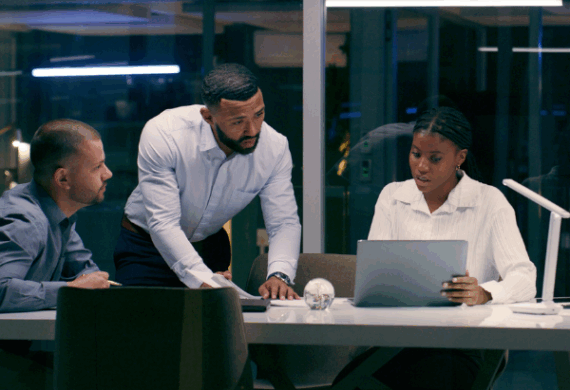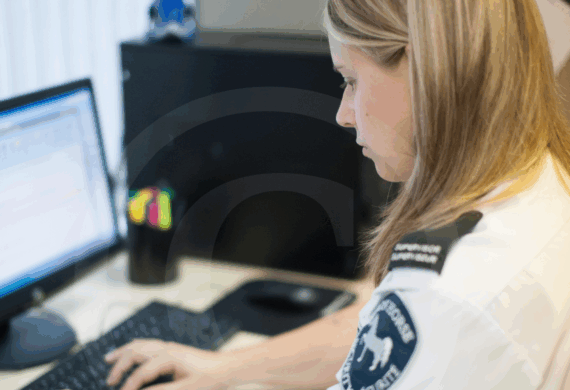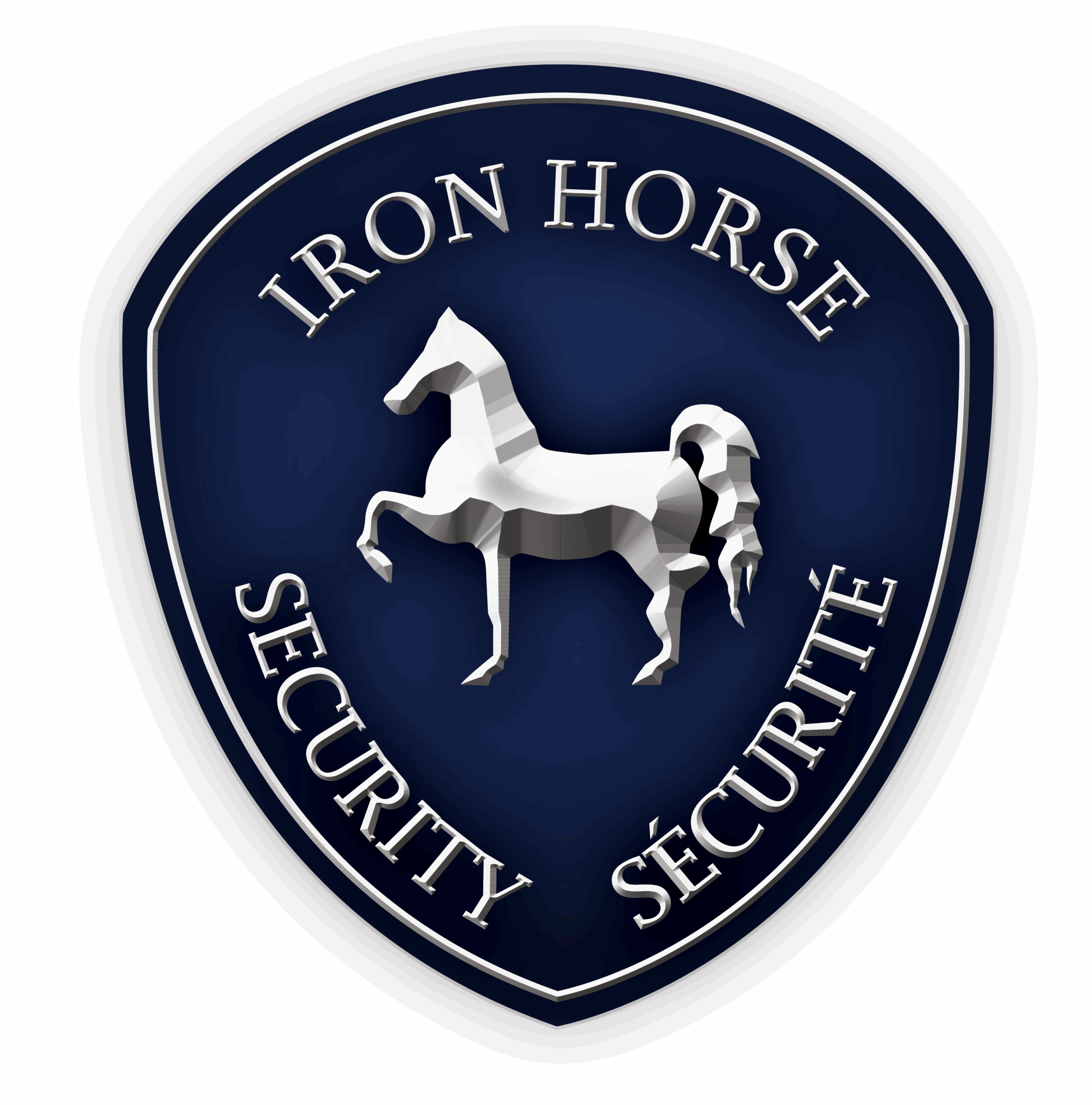In this fast-paced world, the importance of security has never been more evident. From protecting company assets to protecting individuals, the role of security guards is key in many situations. At the heart of their job is risk assessment and management – a process critical to a secure environment. This article will delve into how security guards identify, analyze, and mitigate risks, as well as their role in risk management.
Risk
Risk assessment is the initial step in the risk management process. It’s about identifying potential hazards that can harm people, property or the environment. Security guards are trained to identify hazards, whether physical (such as fire or structural damage) or human (such as theft or violence).
Identifying Risks
Identifying risks requires a keen eye and a proactive mind. Guards do regular patrols and inspections to spot unusual activity or potential threats. This is not limited to physical threats; it’s also about identifying weaknesses in security systems (broken cameras or malfunctioning alarms).

Gathering Information
Once a risk is identified, the next step is to gather as much information as you can. This means documenting the risk, its impact and any existing controls. Guards may interview witnesses, review security footage, and consult with other staff to obtain a comprehensive understanding of the risk.
Mitigating Risks
Once you’ve identified the risks, the next step is to analyze them to determine their severity and likelihood. This will help you to decide which risks to address now and which to monitor over time.
Severity and Likelihood
Guards use a combination of qualitative and quantitative methods to assess the severity and likelihood of risks. Severity refers to the impact of the risk if it were to occur, and likelihood refers to the probability of the risk actually happening. For example, the risk of a minor theft might be high in a retail environment, but the severity of the risk might be low compared to the risk of a fire in a warehouse.
Risk Matrix
A risk matrix is helpful at this stage. It helps to visualise the risks by plotting them on a grid based on their severity and likelihood. This allows guards to prioritize risks. High-severity and high-likelihood risks are currently addressed; low-severity and low-likelihood risks are monitored for potential changes.
Mitigating Risks
Once the risks have been identified and analyzed, the next step is to mitigate them. Mitigation means implementing controls to reduce the likelihood or impact of the risks.
Controls
Controls are proactive steps to prevent risks from happening. For example, guards may conduct regular equipment checks to ensure that all security devices are functioning correctly. They may also implement access controls such as ID checks and visitor logs to prevent unauthorized access.
Response Plans
In addition to controls, guards develop response plans to address risks that may arise. These plans outline the steps to be taken in different scenarios (fires, break-ins or medical emergencies). Having a clear and practiced response plan means guards can act quickly and effectively in high-pressure situations.

Training and Drills
Training is a big part of mitigation. Security guards get regular training to keep up to date with the latest security protocols and technologies. Drills and simulations are also conducted to assess their readiness and ensure they can effectively respond to various risk scenarios.
Technology in Risk Management
Technology plays a significant role in modern risk management. Guards use various technological tools to help them identify, analyse and mitigate risks.
CCTV
CCTV cameras and motion detectors are advanced surveillance tools to monitor and identify risks. These systems provide real-time footage and alerts, enabling guards to respond to potential threats.
Access Control Systems
Access control systems, such as biometric scanners and smart cards, control entry points and prevent unauthorized access. These systems can also track an individual’s movement within a facility and help identify suspicious activity.

Incident Reporting Software
Incident reporting software enables guards to document and analyze incidents quickly. This software often has features to track incident trends and generate reports, which are useful for ongoing risk assessment and management.
Continuous Improvement in Risk Management
Risk management is an ongoing process that requires continuous improvement. Guards are involved in this process by regularly reviewing and updating risk assessment and mitigation strategies.
Audits
Regular audits are done to check the effectiveness of existing controls. Guards review past incidents, current protocols, and identify areas for improvement. This means the risk management process is dynamic and responsive to new threats.
Feedback and Collaboration
Feedback from other staff, clients and stakeholders is essential for continuous improvement. Guards work with these parties to gain insight into potential risks and develop more effective mitigation strategies.
Stay Up to Date
Staying up to date with the latest security trends and technologies is crucial for effective risk management. Guards do ongoing training and professional development to keep their skills and knowledge current.
Risk assessment and management are the bases of good security. Guards with their training and experience are at the top of this. By identifying, analyzing and mitigating risks, they ensure the safety and security of people, property and assets. As the security landscape evolves, the role of guards in risk management will remain crucial, making them essential in all environments.
Putting Customers First
What sets Iron Horse Security apart in the security industry is our belief that our people are our greatest strength. We are more than uniforms and patrols—we are a team of professionals working together to protect what matters most to our clients, the public, and one another. Our growth has never been about scale alone. It’s been about staying true to our core belief:
Our people make the difference.
To learn more about our security solutions, contact us.




